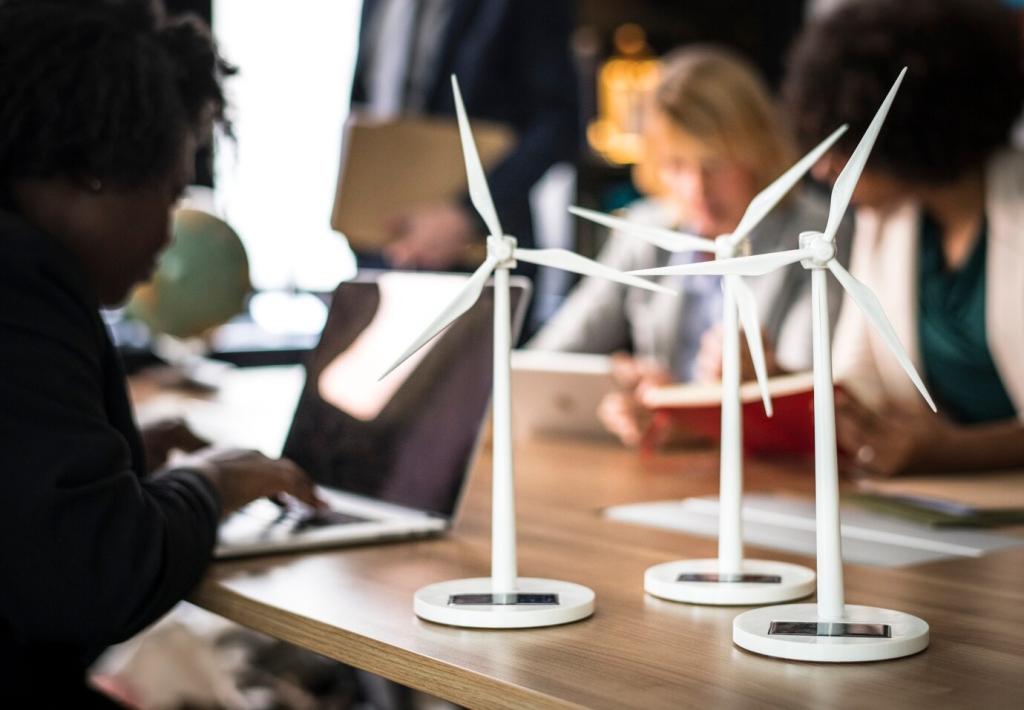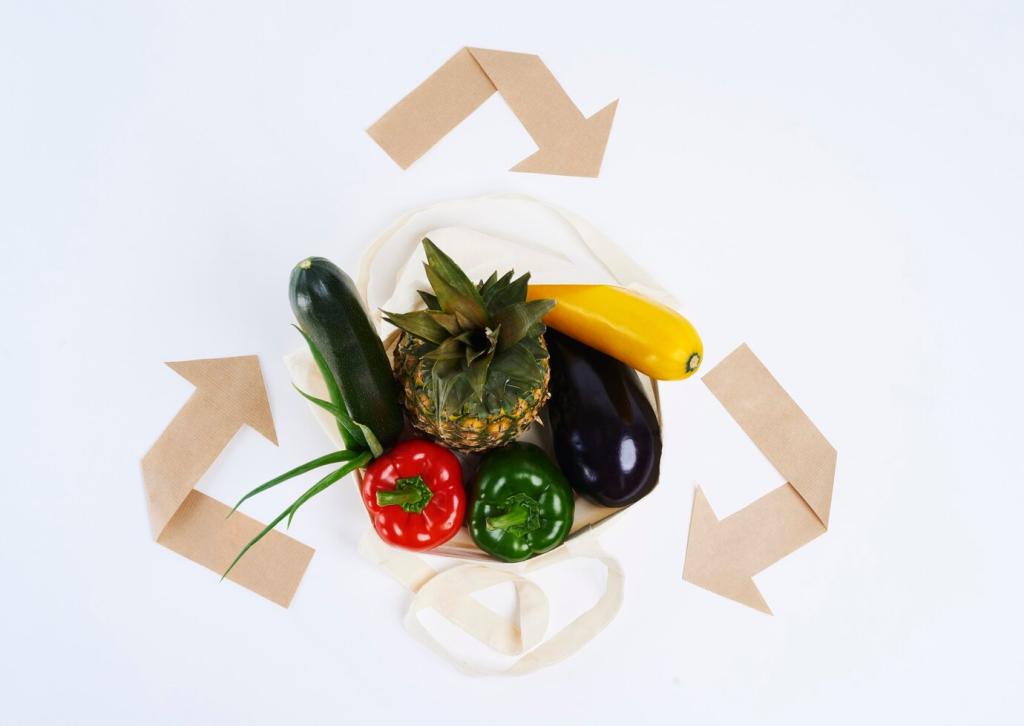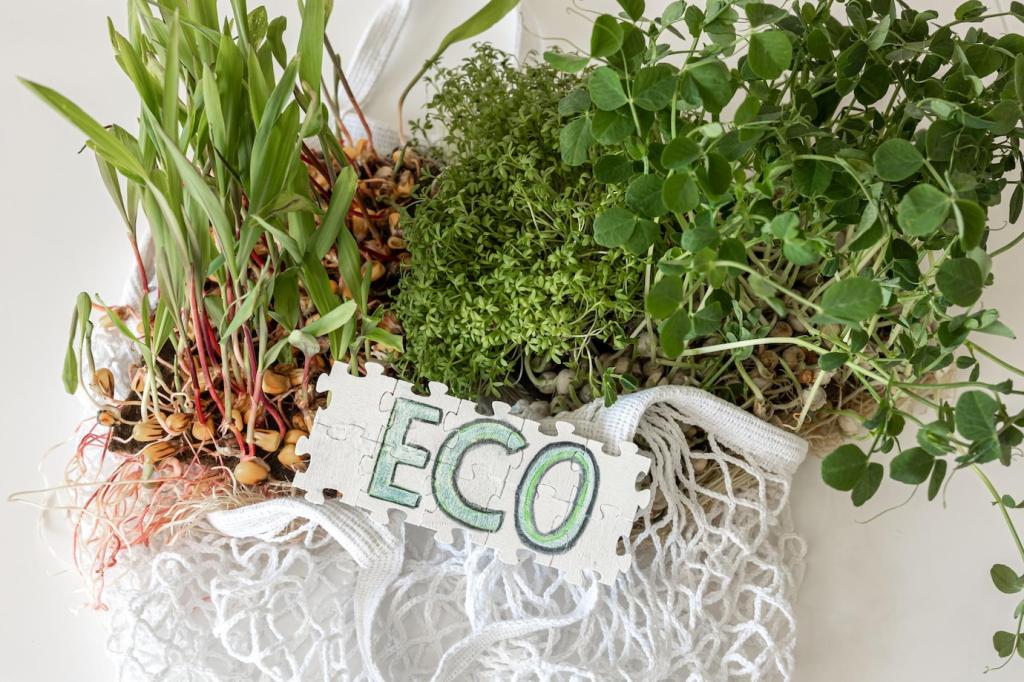
Bioenergy and Global Energy Demand: Powering a Sustainable Future
Chosen theme: Bioenergy and Global Energy Demand. Join us to explore how biomass, biofuels, and biogas can meet rising energy needs responsibly while restoring ecosystems, strengthening communities, and stabilizing our climate. Subscribe, comment, and help guide the conversation.
Bioenergy 101: From Biomass to Useful Energy
From Waste to Watts
Picture a city capturing food scraps and yard trimmings, turning them into biogas that fuels buses and powers streetlights. Residents see cleaner air, fewer landfills, and quieter streets. Could a similar waste-to-energy loop help your community meet growing energy needs?


Biofuels for Hard-to-Abate Sectors
Aviation, shipping, and heavy industry are difficult to electrify quickly. Advanced biofuels and biomethane bridge the gap, delivering drop-in solutions without massive infrastructure changes. Where do you think biofuels should be prioritized to ease the pressure of surging global energy demand?
Sustainability First: Carbon, Land, and Water
The Biogenic Carbon Loop
Plants absorb CO2 as they grow; sustainable bioenergy releases it in a managed loop. The details matter: timing, yields, transport, and processing define real impacts. What questions do you have about life-cycle assessments and how they guide responsible deployment?
Feedstocks Without Trade-offs
Prioritizing residues, wastes, and degraded land reduces pressure on food systems and biodiversity. Think corn stover, sawdust, manure, municipal organics, and short-rotation woody crops. Which local feedstocks could deliver energy without competing with food or forests where you live?
Proof You Can Trust
Credible certification and traceability systems—such as RSB and ISCC for bio-based supply chains—help verify sustainability claims. Transparent data builds confidence for communities and investors. Would standardized labels on bioenergy products help you make informed choices and support better projects?
Feedstocks and Pathways: Matching Resources to Needs
Agricultural and Forestry Residues
Straw, corn stover, prunings, and sawmill chips can become heat, electricity, or cellulosic fuels. Using leftovers first respects land, boosts farmer income, and taps latent potential. Which residue streams near you are underused and could help satisfy rising demand?
Wet Wastes and Anaerobic Digestion
Manure, food waste, and wastewater sludges are ideal for digesters that produce biogas. Upgraded biomethane slots into gas grids or fleets. Share your experience with community digesters: What worked, what didn’t, and how did it change local energy reliability?
Advanced Liquids and Gases
Gasification, pyrolysis, and hydrothermal liquefaction can transform tough biomass into drop-in fuels and renewable gases. Emerging catalysts and microbes unlock stubborn cellulose and lignin. Which pathway excites you most for scaling sustainable supply without overshooting environmental limits?
Integration with Power and Heat Systems
Unlike wind and solar, biomass plants can ramp to follow demand. Co-firing, CHP, and peaking support keep grids resilient. If your region faces winter peaks or evening ramps, could dispatchable bioenergy help stabilize the system affordably and cleanly?


Integration with Power and Heat Systems
Bioenergy with carbon capture and storage can remove CO2 when feedstocks are truly sustainable. But scale must respect land, habitat, and community needs. What safeguards and community benefits would you require before supporting a BECCS project near you?
Economics, Policy, and Investment Signals
Counting the Real Costs
Total cost of ownership includes fuel logistics, plant efficiency, maintenance, and byproduct value—like biochar or digestate. Stable feedstock contracts reduce risk. What financing tools or cooperatives could lower costs and spread benefits across farmers, haulers, and communities?
Policies That Unlock Scale
Clear sustainability rules, carbon pricing, renewable fuel standards, and contracts for difference can de-risk projects. Long-term signals attract patient capital. Which policy levers in your country would best accelerate sustainable bioenergy while protecting nature and food security?
Local Value and Jobs
Bioenergy keeps energy spending local through feedstock purchases, operations, and maintenance. New roles emerge in agronomy, logistics, engineering, and data. Share how a well-designed project could strengthen livelihoods where you live while meeting growing energy needs.


